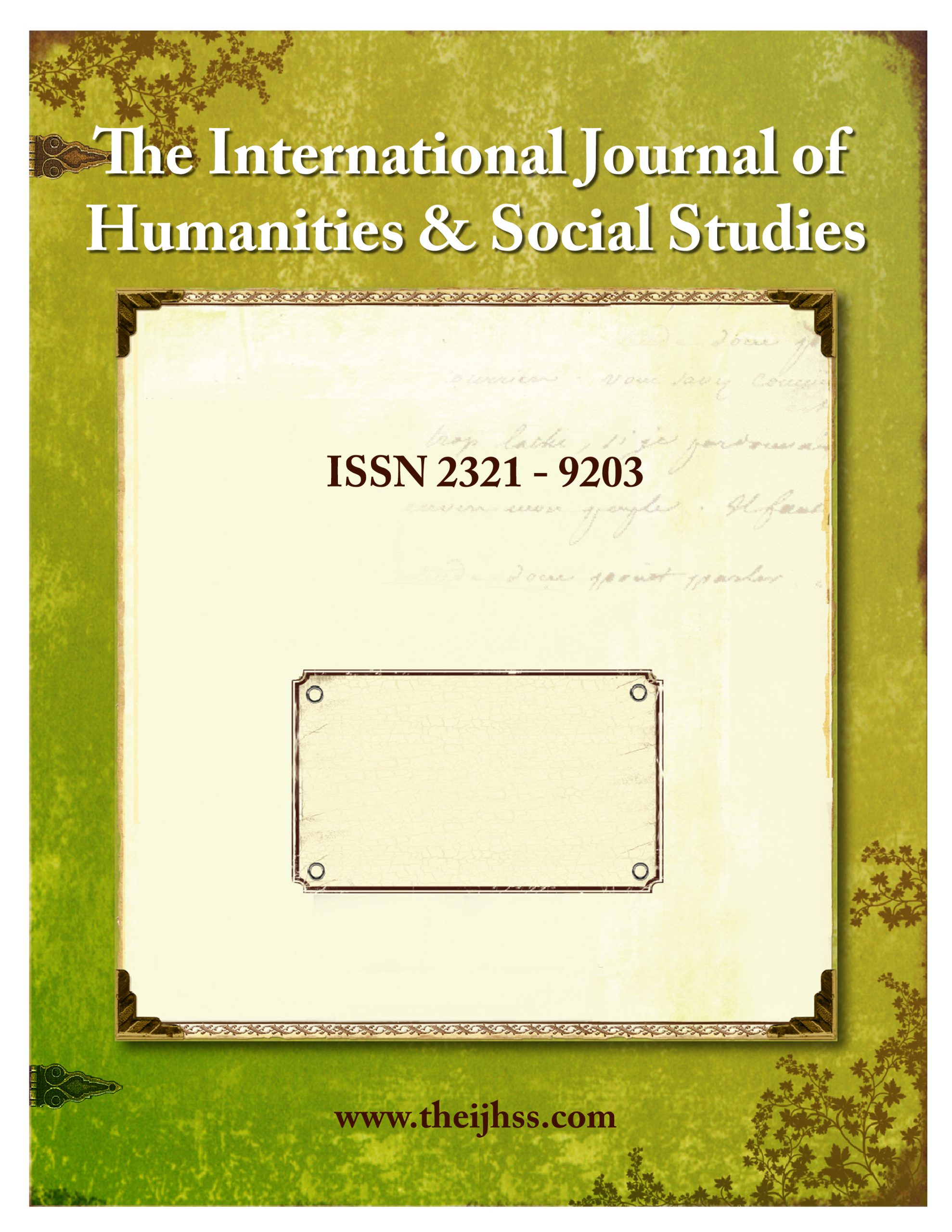The Research world has immensely changed over the last several decades; since 1940, the number of research articles has grown exponentially with larger variety of titles and topics presented. Moreover, digital publication ensures easier access to quality content which in turn support a wider academic discourse. Open Access Journal facilitates the better reach to quality research articles and reusage for better promotion of literature and learning, thereby better engaging in education and scientific researches. When we browse scientific journal and find valuable research materials which we reference in our own work, we are navigating open access articles. Open access can be perceived as a philosophical change or simply an alternate business model. Open Access refers to material that is free to all readers at the point of access, so they can use and share it easily.
There are multiple ways you can be benefitted as an author, if you choose an open access journal for your next research work.
- Free and easy access– Articles can be accessed without any substantial barrier in this mode. Most international journals and repositories do not impose any fee on its readers hence, price barriers are substantially lowered. Authors can propagate their own work or enrich their materials with references from open access articles without any corresponding cost. The reach of articles increases tremendously with open access sources irrespective of reader’s/author’s economic status or geographic location.
- Increased citation and usage– Many studies have shown that open access articles are viewed much more than articles that require subscription to publication houses/journals. This makes sense, because from a reader’s perspective, it is difficult to get the essence of a paper from only the abstract, and readers are rarely willing to pay something like $50 for a few days of access to a few materials. Since materials get higher viewership, number of citations also increase. Open Access articles not only received higher total downloads and citations, but attracted a high number of downloads over a longer period when compared to non-open access articles. E.g. [Wang et al. 2015,published in Scientometrics was cited numerous times within a short period.
- Greater public engagement– Articles which can be accessed straight through with a click receive more public engagement. Others in Academia (at least in the Western World) will often have access to the institutional subscriptions required to read your article – but if you want yourresearch to be read by the general public they need to be able to access it. The report in Open Access versus subscription journals: a comparison of scientific impact, said with graphical statistics that articles from an open access journal were cited anywhere from 36% to 176% more frequently than articles in a subscribed one.
- Open access complies with funder mandates– Many research funders require authors to publish with freelicence, with no restrictions on re-use (anyone using your work will still have to acknowledge the original resource).
- Modes of Availability– In the open-access model, research material need not be restricted to articles only, unlike traditional publishing. Any kind of digital content, including text, images, raw and processed data, audio/video and software can be part of a digital archive.
- Publishing costs are extremely reasonable– Since open-access publications are usually less expensive to produce and disseminate, both international journals and publishers can benefit. In some cases, authors may be required to pay enhanced publication charges. Many traditional publishers have made part of their material open access which has enhanced their visibility and attracted subscriptions.
- Access for researches in developing countries– With the prominence of open access articles in the digital world, students and researchers from developing countries like India, Africa and others get fair opportunity to share their knowledge and gather inspiration from related works.
- Immediacy– The research results can be made immediately available to not just others within that community but also those beyond, including other scientists and laypeople.
- Increased Interdisciplinary Conversation– Interdisciplinary publications foster greater dialogue across disciplines, helping to find novel approaches to traditional problems. Open access journal that publishes a broad range of research such as Nature Communications, Scientific Reports,Scientific Data and PLOS One helps open up your research to a wider academic community.










